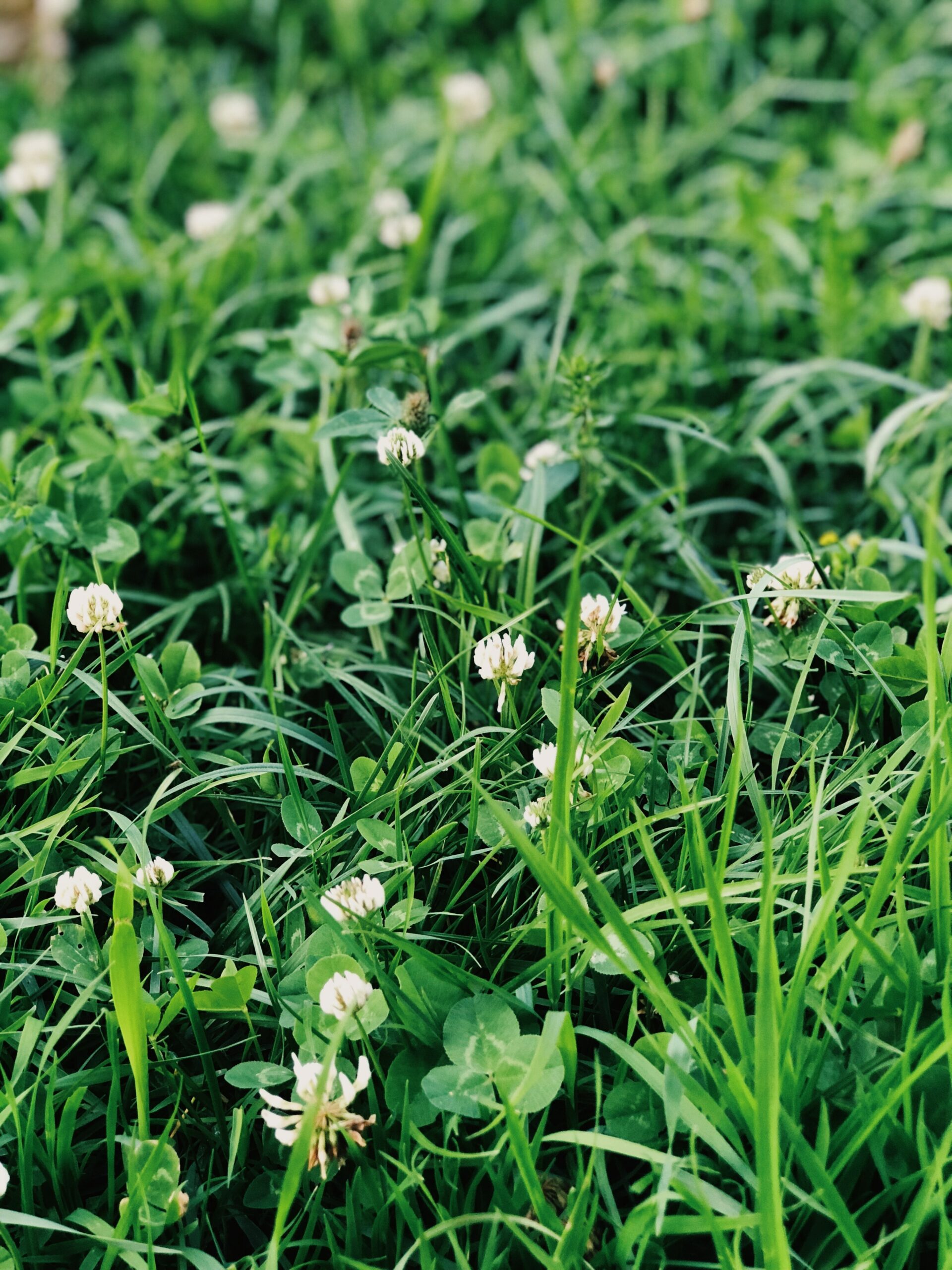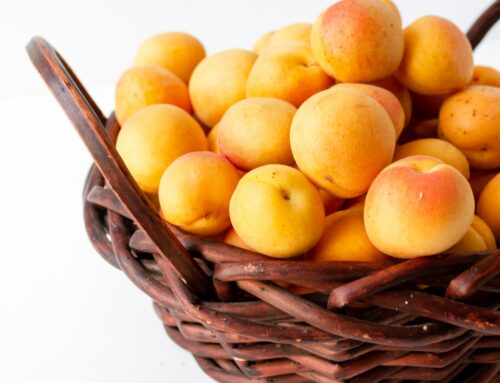In this article, we are going to explore the nutrient retention capacity of regenerative agricultural soil with beza, clover and other plants to fix oxygen from the air and in turn mobilize phosphorus from the soil. These plants are known as green manures or cover crops, and have multiple benefits for soil health and the environment.
Green manures are plants that are planted between main crops or after harvest, in order to improve soil fertility and structure, prevent erosion, control weeds, pests and diseases, and increase biodiversity. Some of these plants have the ability to fix atmospheric nitrogen in their roots by associating with symbiotic bacteria, reducing the need to apply synthetic nitrogen fertilizers. Other plants can mobilize phosphorus from the soil, an essential nutrient for plant growth, but which is usually poorly available due to its low solubility and high fixation by soil minerals.
Among the plants that are used as green fertilizers, the beza (Vicia faba), the clover (Trifolium spp.) and other legumes stand out, which are capable of fixing atmospheric nitrogen; and rye (Secale cereale), forage radish (Raphanus sativus) and other cruciferous plants, which can mobilize phosphorus from the soil. These plants can be grown alone or in mixtures, depending on the objectives and conditions of the agricultural system.
The nutrient retention capacity of regenerative agricultural soil with green manures is due to several factors. On the one hand, by fixing atmospheric nitrogen, legumes increase the organic matter and total nitrogen content of the soil, which improves its cation exchange capacity (CEC) and its buffer capacity. On the other hand, by mobilizing phosphorus from the soil, crucifers increase the availability of this nutrient for plants, which favors its absorption and assimilation. Furthermore, by covering the soil with a vegetal layer, green manures reduce nutrient losses through leaching, volatilization and erosion, and protect the soil from thermal and water variations.
In conclusion, the use of green manures as part of a regenerative agricultural system can improve the nutrient retention capacity of the soil, which translates into greater productivity and sustainability of the system. However, it is important to take into account the specific characteristics of each plant, as well as the climatic, edaphic and agronomic conditions of the place, to choose the most suitable species and manage them correctly.






